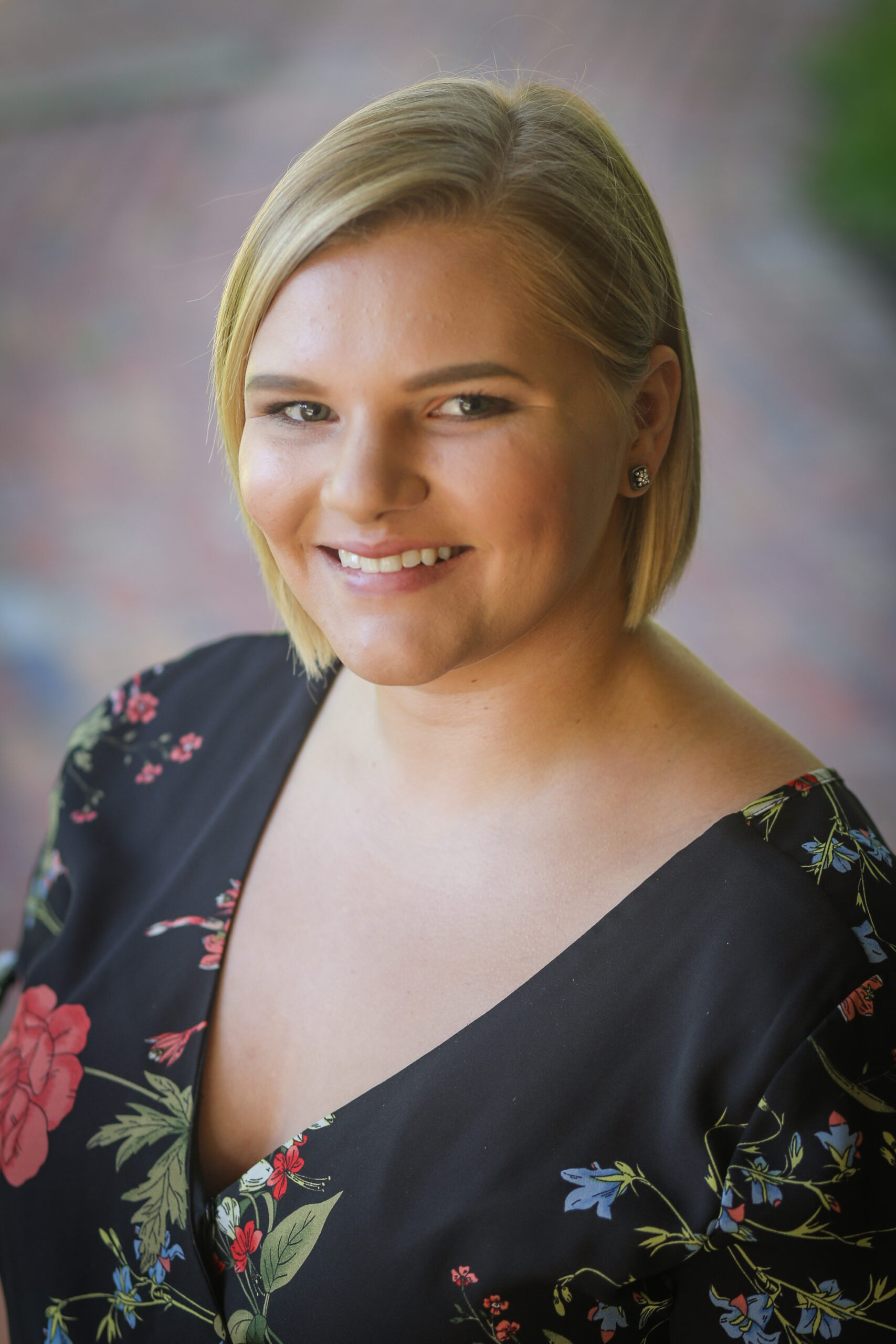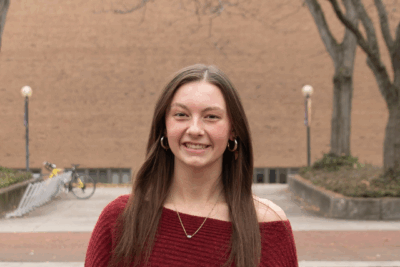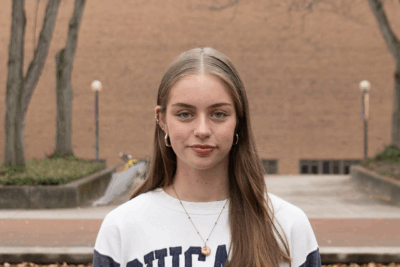I became obsessed with “RuPaul’s Drag Race” from the moment I hit play. It was a too-hot summer afternoon and I was 17 with nothing better to do. When Hulu suggested it under the “You may also like” tab, I made some popcorn because I knew I was about to start a serious binge-watching session.
“RuPaul’s Drag Race” is a reality competition series, much like “America’s Next Top Model,” where contestants complete challenges each week and are critiqued by a panel of judges. The plot follows a cast of drag queens as they compete for the title of “America’s next drag superstar.”
Drag queens, for the uninitiated, are traditionally known as biological men who enjoy impersonating women in the name of art, fashion or performance. However, drag is an inclusive art form. Anyone who enjoys heavy makeup, exaggerated hair and performance can be a drag queen. In fact, drag commonly appears in popular culture. Artists like Lady Gaga, Dolly Parton, Elvira, Madonna and Cher have all performed in attire that could be called drag.
The show is hosted by RuPaul Andre Charles, who also plays the role of head judge and mentor to the contestants. RuPaul achieved international fame as a drag queen in the early ’90s after the release of his hit single, “Supermodel (You Better Work),” and has since become one of the most influential gay icons in the world.
I was pulled in almost immediately by the show’s catchy theme song and by the stylistic variety of the contestants. Unlike “America’s Next Top Model,” the drag queens were challenged for more than their modeling ability. They stood out as singers, dancers, actors, musicians, comedians and seamstresses, and they all had drastically different body types. They were tall, thin, short, fat or as contestant Latrice Royale, would say, “Chunky, yet funky.”
The show entered my life during a time when I didn’t have a lot of body confidence, and, like most high school girls, I was constantly comparing myself to the images I saw on social media. I told myself that I wasn’t skinny enough, wasn’t pretty enough and, ultimately, that I wasn’t good enough for anyone else, let alone myself.
In a world littered with Snapchat filters, beauty gurus and unattainable beauty standards, drag queens are superheroes.
For that summer afternoon, RuPaul and his cast became my mentors, but the teachings of one queen in particular, Jinkx Monsoon, still inspires me today.
Overcoming adversity became a major theme in Jinkx Monsoon’s storyline, and they handled it with grace and dignity. Jinkx was criticized all season long by the other contestants for their runway looks and their personality, but each week Jinkx impressed the judges by being their true self.
Instead of fighting back with other contestants, Jinkx was more likely to be seen taking a deep breath and whispering to themself, “Water off a duck’s back, water off a duck’s back.” This was also their mantra for soothing themself before a judges’ panel. Jinkx explained the phrase to the judges during one episode by saying, “When you’re dealing with people judging what you do, you just have to let it roll off like water off a duck’s back.”
“RuPaul’s Drag Race” introduced me to a world where 30-year-old, six-foot-tall hairy men could transform themselves into the perfectly filtered versions of the woman I was constantly being told I should be. I saw them for their beauty, but I also saw them as artists, unapologetic and confident in their craft. Drag queens are like real-life Barbie dolls that can do it all. And there lies the irony.
Drag queens are not just female impersonators. They reflect the impossible feminine standards put on modern-day women. It is beauty, but it is also a mockery of what corporate America thinks women should be. Drag fights to prove that perfection is an illusion, and that beauty is attainable by anyone.
These days, it seems like all the beauty gurus on my Instagram feed have Adam’s apples, and I am more than OK with that. I have found a community that thrives on self-love, and I think that other high school girls could benefit from the message that the drag community aims to promote. I did, and I am still inspired by the queens with each coming episode.
Watching drag queens on TV has taught me to see beauty in people of all shapes, sizes, colors, genders, sexual identifications and, most importantly, myself. As RuPaul says at the end of every episode, “If you can’t love yourself, how in the hell are you gonna love somebody else?”


